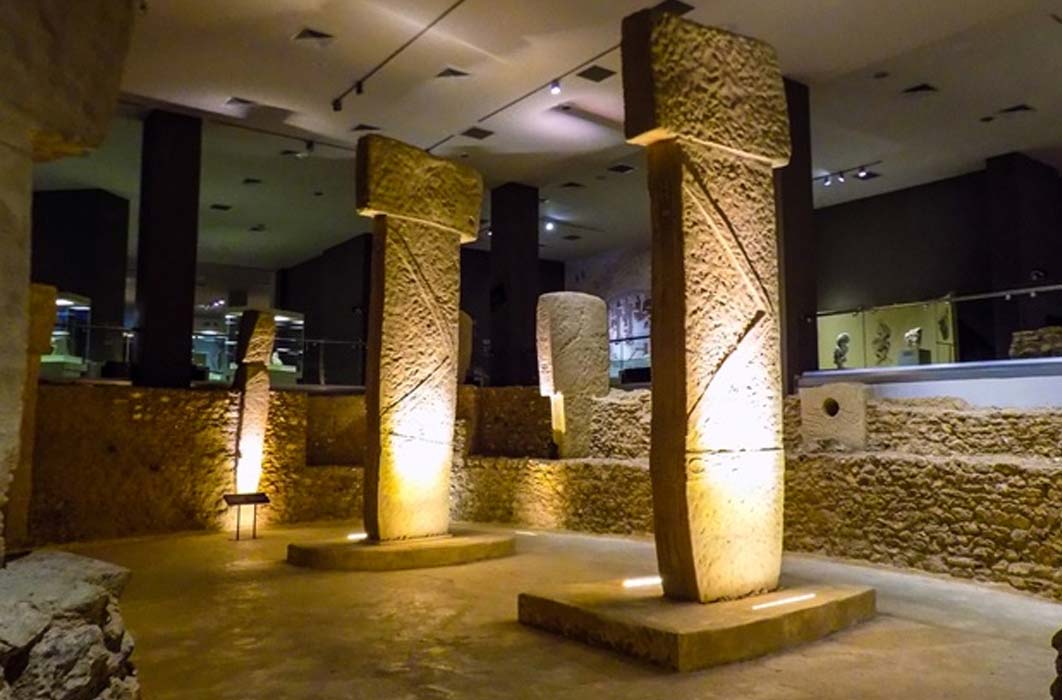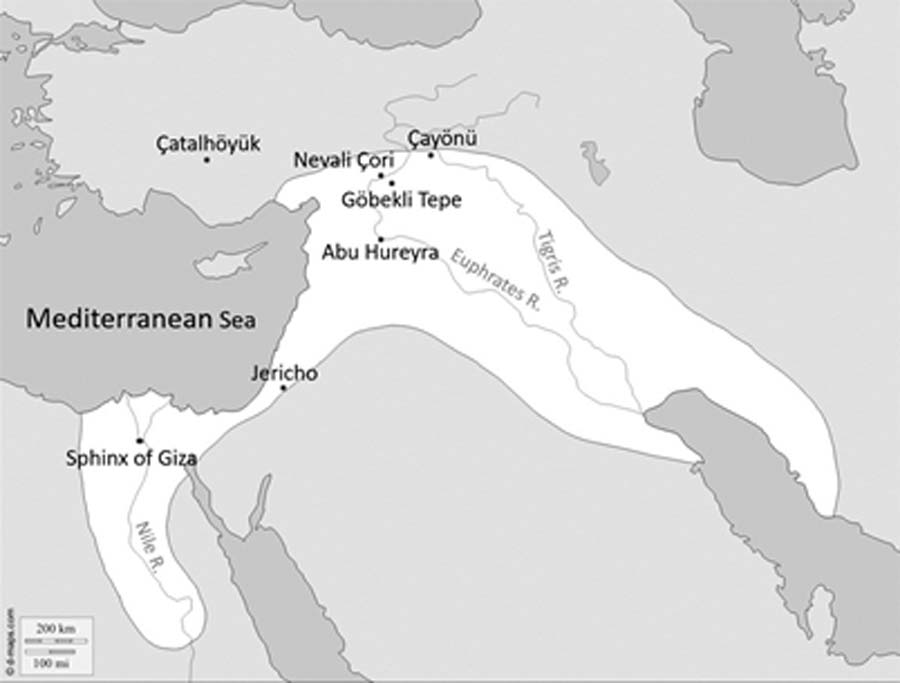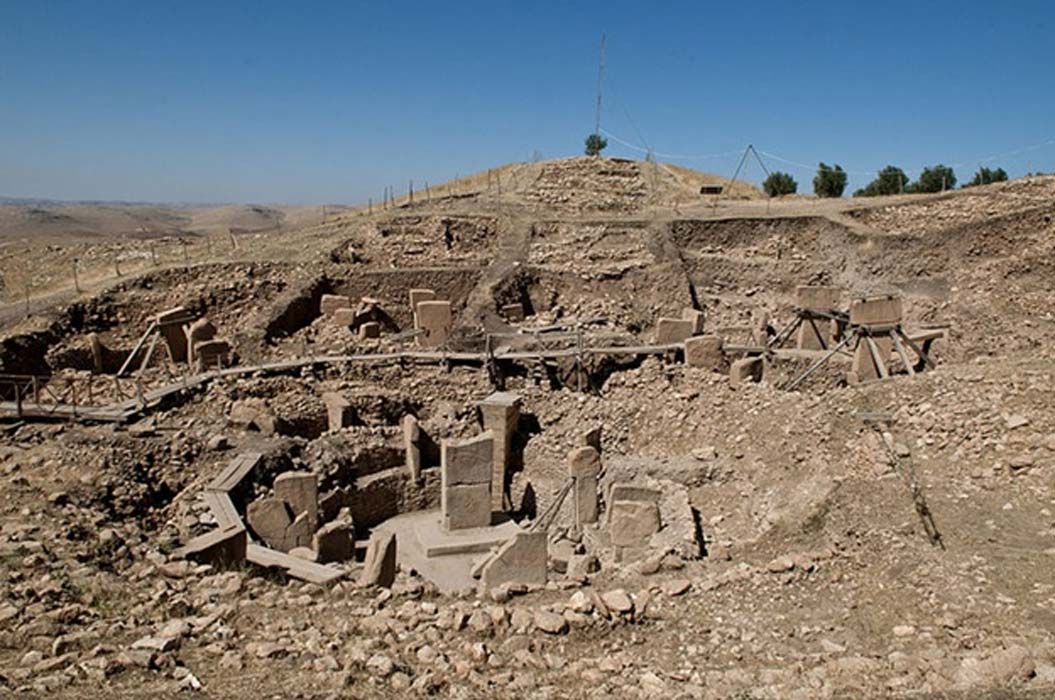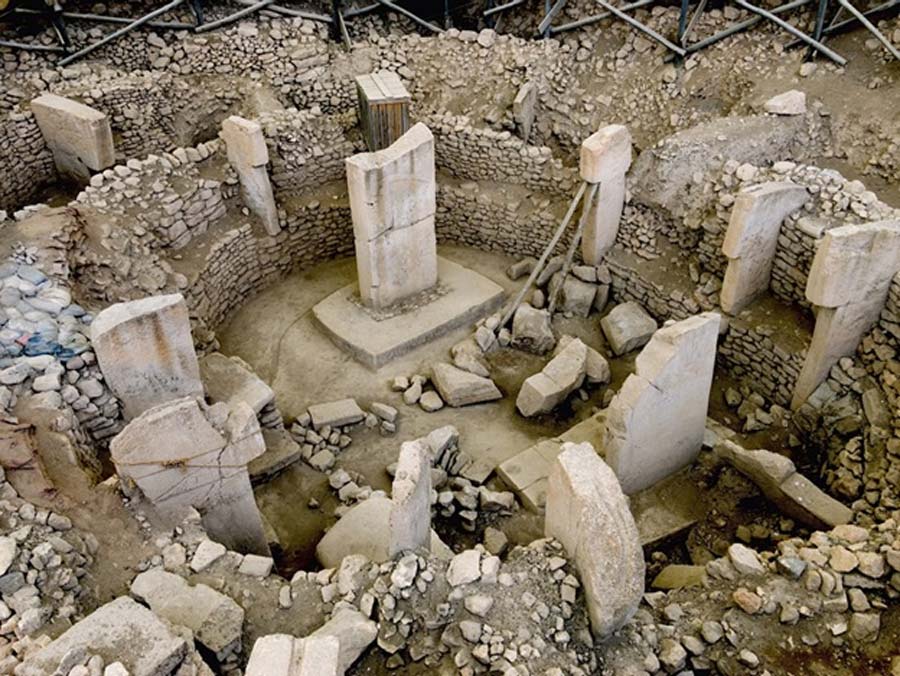
Common Cosmic Symbolism: Is Göbekli Tepe Ancestral to Ancient Egypt?
Since its discovery in 1994, 10,000-year old Göbekli Tepe has been an enigma, gradually revealing its ancient secrets to archaeologists and scientists. Meticulously excavating the site from soil that has covered it for thousands of years, so they metaphorically uncover and decipher the mystery of this sophisticated culture. Scientist Dr Martin Sweatman translates pillar 43, aka the Vulture Stone, as probably memorializing a globally catastrophic comet impact circa 10,900 BC, and he then follows their trail through the Levant to ancient Egypt, guided by common cosmic symbology and ancient DNA.

The ‘Fertile Crescent’ in the early Neolithic period, incorporating the Egyptian Nile, the Levant, southern Anatolia, and Mesopotamia. (Image: Martin Sweatman)
Ancient Linguistic Proto-forms
Linguistic scholars like to study the similarities between different languages to see how they are connected. In this way, they can trace the origin of a group of similar languages to an earlier ‘proto-form’. This approach, known as comparative linguistics, complements the study of the evolution of human genetics, or ancient DNA, for tracing the migration of groups of people.
It has come to be generally accepted by linguists that hundreds of ancient languages and mythologies across Eurasia derive from an even more ancient culture, circa 3,500 BC, known as Proto Indo-European (PIE). This view is strongly supported by studies of ancient DNA, that show that the founding PIE population came from a region to the north of the Black Sea, modern-day Ukraine.

Göbekli Tepe site showing different sections (Teomancimit / CC BY-SA 3.0)
Likewise, there is general acceptance of a similarly ancient culture connecting languages and mythology across North Africa and South India, known as Proto Afro-Asiatic. But the possibility that both these ancient proto-cultures could have originated and dispersed from an even more ancient founding culture in the Levant (as strip of fertile land at the eastern end of the Mediterranean), known to scholars as Proto Nostratic, circa 12,000 BC, is not widely accepted, despite strong support from some of the world’s foremost linguists. For many other linguists, the evidence is just not strong enough and the methods used to derive the Proto-Nostratic language are questionable.
Archaeological Anomaly Göbekli Tepe
Göbekli Tepe adds much fuel to this fire. Discovered in 1994 by Klauss Schmidt in southern Anatolia, Göbekli Tepe continues to turn academic paradigms inside-out and upside-down. With its dozens of magnificent stone circles that pre-date Stonehenge by over 6,000 years, finding a site like Göbekli Tepe was a complete surprise. This makes it an archaeological anomaly of the utmost importance. The earliest radiocarbon date for the small portion of Göbekli Tepe excavated so far is around 9,600 BC. But given that one of its megalithic pillars, Pillar 43 – aka the Vulture Stone, very likely memorializes a globally catastrophic comet impact circa 10,900 BC, further excavations are likely to uncover even older remains.






